A lot of times, as B2B marketers, we struggle with how to generate demand for our product or service and >how to generate leads. So today, we’re going to talk about a demand generation strategy that will not only generate demand but also leads. Through this process, you’ll also be able to directly correlate marketing with sales. Let’s get started.
Step #1: Generate a very targeted list
This list should reflect your ideal customer profile and should be easily accessible. You’ll want to create a list of all companies who share some type of characteristic.
For example, for Directive Consulting, we wanted to find all companies who have Series C funding. We used Angelist.co as our source of information. Series C-funded companies are very likely to use Directive’s services because we have a high track record with B2B SaaS firms. With this in mind, we know that:
- This is our target market
- We can gather the list
- This list is a fit for what we sell
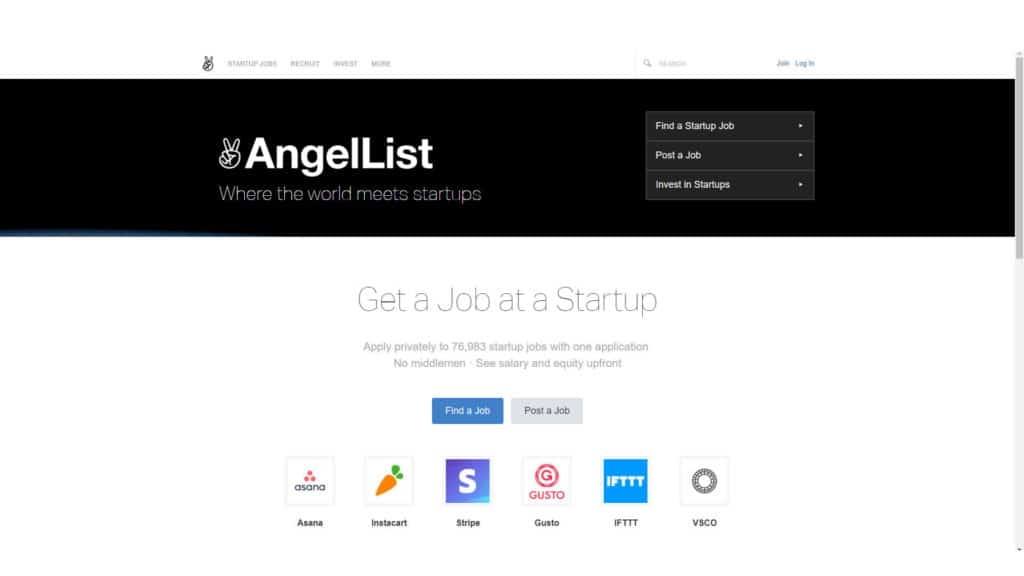 Step #2: Find a data point that you can compare all the companies on your targeted list by
Step #2: Find a data point that you can compare all the companies on your targeted list by
For our example, we want to look at the domain authority of all the series C-funded companies, compare them to each other, and then make recommendations.
Now, for you, maybe it’s not domain authority, maybe it’s:
- Site speed
- Security
- Content
- Content Management System (CMS)
- ERP
You can use tools like Datanyze, BuiltWith, and Clearbit to get better information about what products or software the people on your list are using. Remember, it can be any data point that’s correlated to your services.
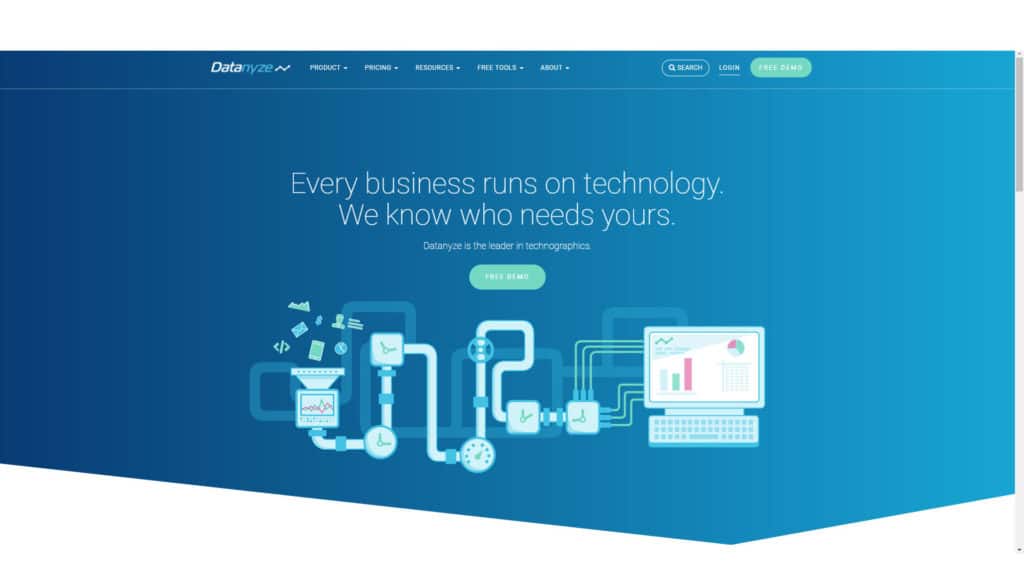
In our example, we used domain authority because we sell SEO and domain authority is a direct result of people’s links. So, domain authority is an important data point for us because we know that if we can increase someone’s domain authority, oftentimes we can increase their propensity to rank.
Now think about your data points and which ones are important to the products you deliver.
Step #3: Gather contact info for at least 2 people at each company
The first person is the person who’s responsible for the data that you’re reporting on.
So in our example, we would want to find the digital manager or the demand generation manager at these companies — who we know is oftentimes responsible for digital or website-related marketing.
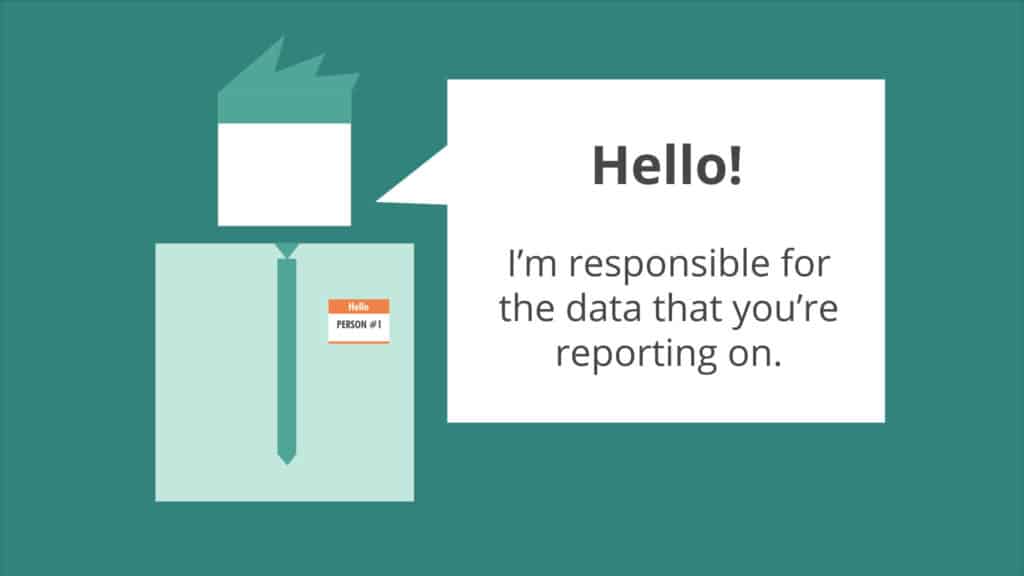
For your business, you’re going to want to find the person is who is directly responsible for the data point that you’re reporting on.
The second person you want to find — for your sales team — is more of the decision maker at that company. It might be, in our case, the VP in marketing or the CMO. In your case, it might be the CIO or the CTO.
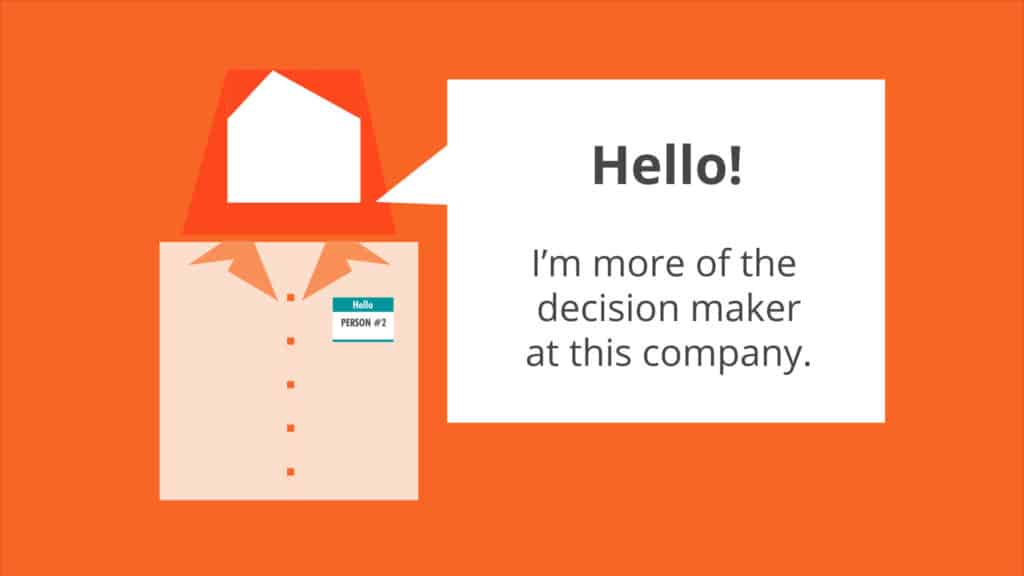
Step #4: Use virtual assistants to gather data
You can simply go onto Upwork, which is our favorite, and create a scoped out project.
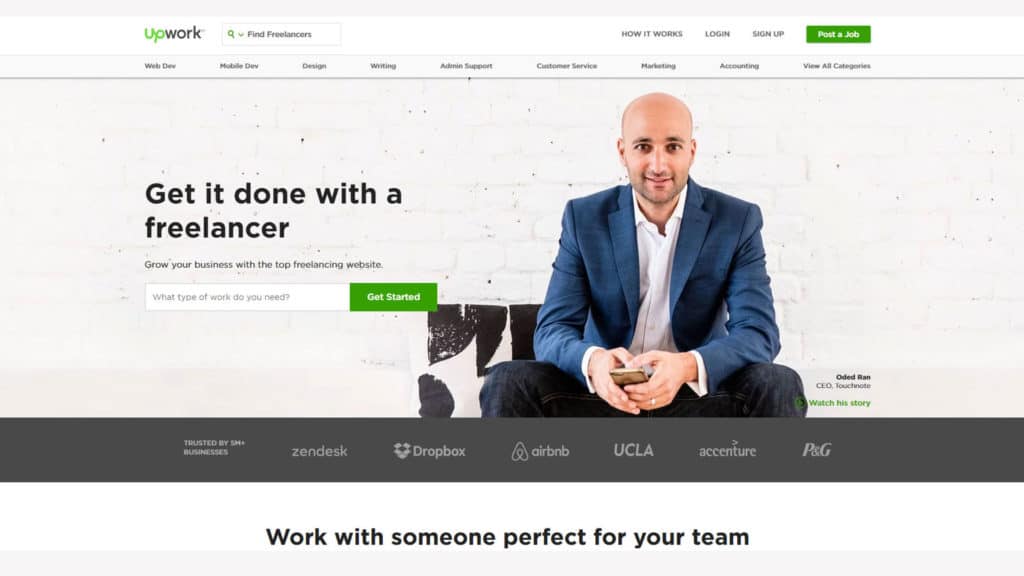
I would recommend you don’t use hourly but instead use project rates. That will help you get a very affordable and clear concise scope of services.
I would also encourage you to find the contact info for the first five people on your targeted list before giving it to the VA. Be sure to record yourself and share your process with your VA. That will allow your virtual assistant to be much more successful and follow your standard or system of procedure.
Step #5: Put data into CSV file. Make it b-e-a-u-t-i-f-u-l
Create a really nice, well-designed PDF of all your data. You can also have it in Excel format — or raw data — if you want people to have access to the data to do their own assumptions or do their own calculations.
Get creative. Maybe instead of having the company name, you could use their logo. Create a color scheme. Make it pretty.
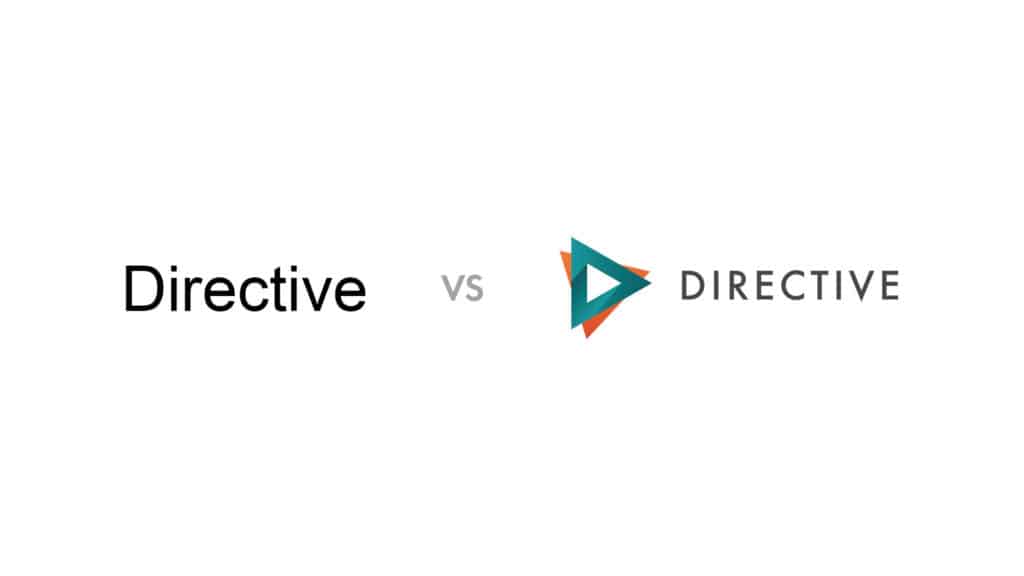
Step #6: Turn your data set into a concise well-written blog post
Create a very concise write-up. Turn your data set into a blog post and have it based on whatever your data is about.
For our example, it’s ranking series C-funded firms by their domain authority and what we learned.
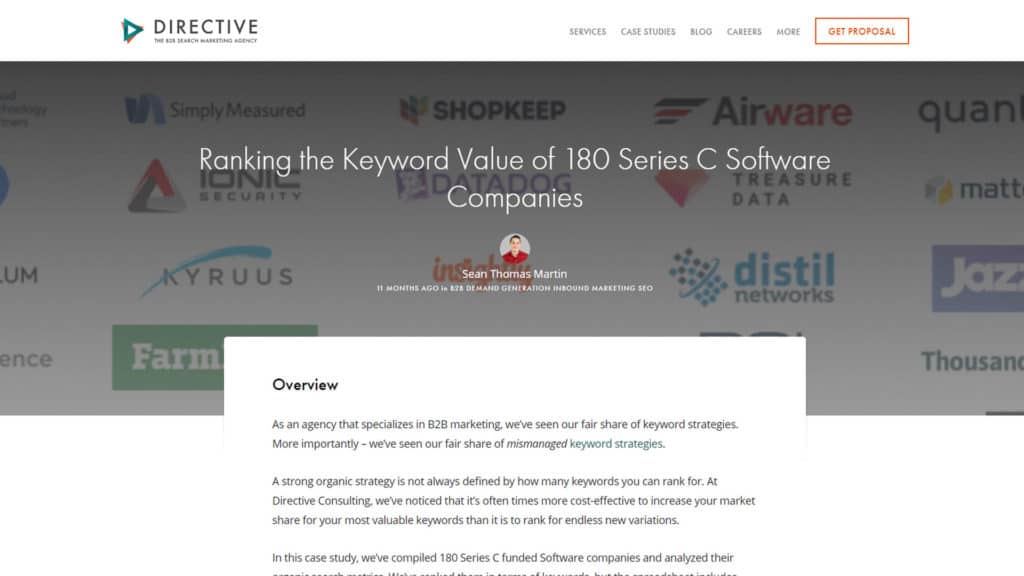
So not only do you want your data set, but you also want to be able to:
- Draw conclusions from your data
- Talk about the hypothesis that you were hoping to see from your data
- Look at next steps and recommendations based on what you found
Create a very actionable blog post that also has a gated PDF download — which can also turn into leads.
Step #7: Use a tool that allows you to build email cadences
This is the fun part. For step seven, you’re going to take all the contacts you gathered and use a tool like outreach.io, or Pitchbox, or BuzzStream — that allows you to build email cadences.

Then, you’re going to send an email to three people:
- One person is the decision maker
- The person actually working on the data
- CC your sales representative
Then, write a nice email to each of them and say:
“Hi XYZ,
We just did a data set for you and we compared you to all the other companies that you’re competing against. We found XYZ from our data. Now, we have two specific recommendations that we’d love to explain to you based on our findings, is there a time next week that works well for you?”
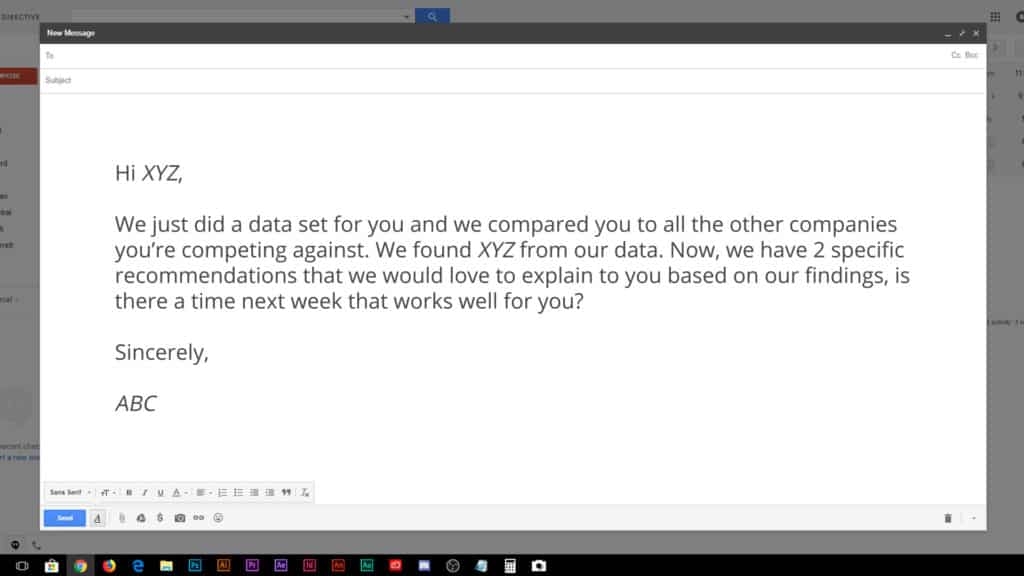
What you’re doing is you’re taking the amazing piece of content — the data set you used — and you’re plotting X company (the company you’re talking to) against Y company. Then you’re providing Z as the recommendations and gating those recommendations to your sales rep. This way, your sales rep has something to follow up on and has the opportunity to generate a lead from your piece.
Step #8: Promote your blog post to all other people who might fit your ideal customer persona
Directly promote this content piece to the broader market and allow our research to generate demand. Promote the overall blog post to all the other people who might fit your ideal customer persona.
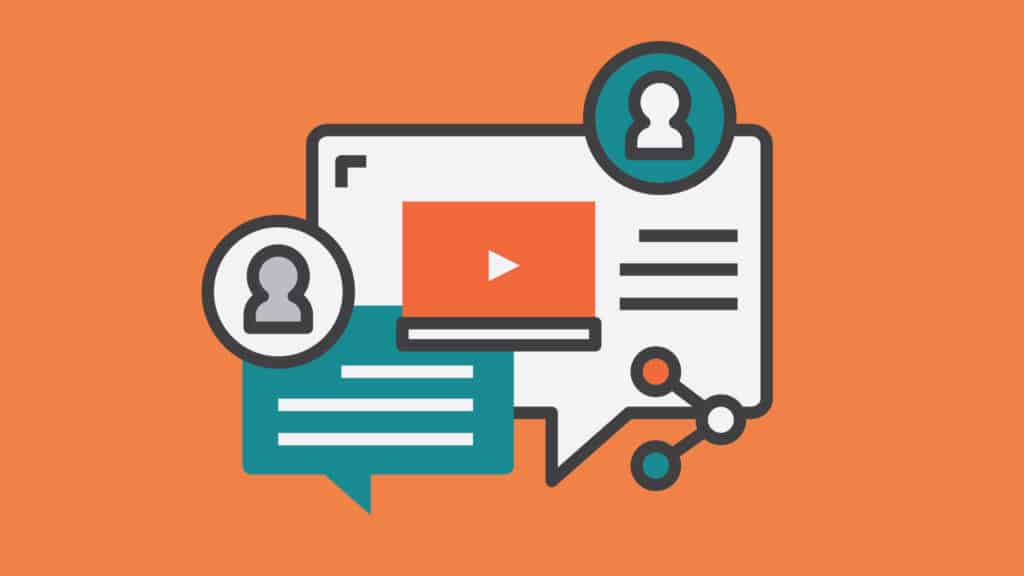
So, for our example, we’re now going to target companies who aren’t series C-funded — like B2B SaaS companies, who’ve done series B or series A funding instead. To do this, we’re going to build a really targeted promotion on Facebook, LinkedIn, and Twitter. Be sure to test those audiences and see what works best for you.
Hopefully, with this 8 step process, you have a simple and concise way to increase your demand generation and leads for your B2B company. Feel free to subscribe and leave a comment below. We’d love to hear your input. Thank you!
-
 CEO
Garrett Mehrguth
CEO
Garrett Mehrguth
Did you enjoy this article?
Share it with someone!
